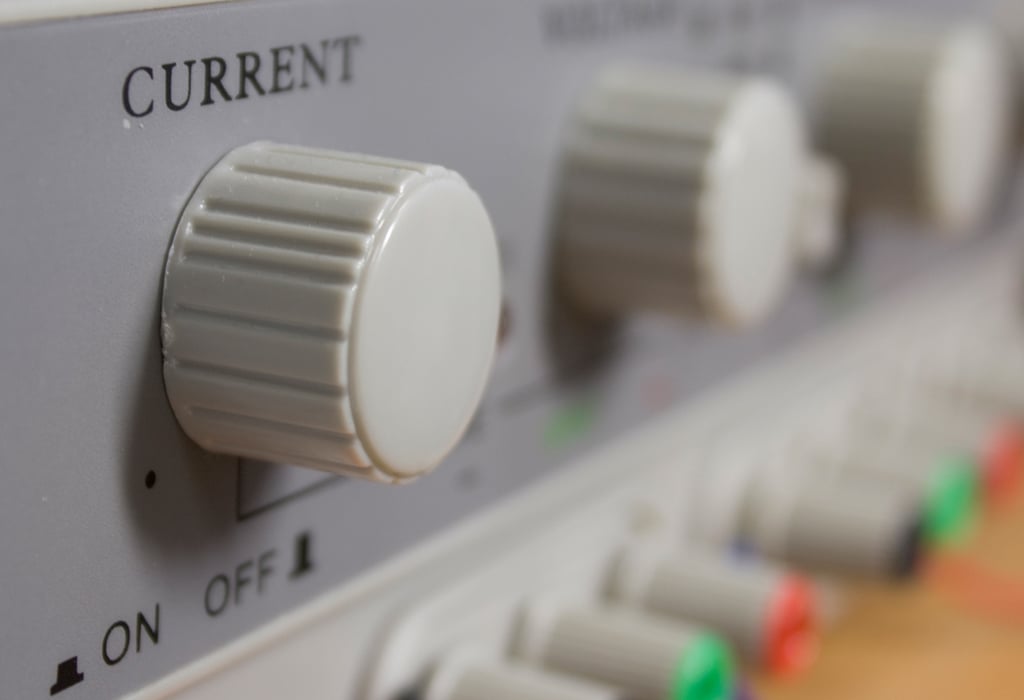
We often talk about preventative maintenance for your metal fabrication machinery to preserve functionality and prevent breakdowns. While a regular maintenance routine is imperative once your precision machines are up and running you need to set your machines up for success right from the start. A good foundation and proper leveling is essential to ensure your equipment functions effectively.
Step 1: The right foundation
Ensuring your floor is suitably reinforced is the first step in any machine installation process. Certain types of equipment require enhanced support. This includes impact machinery and high speed lasers. Impact machinery need extra reinforcement in the floor to absorb the repeated pounding of the operation. High speed lasers also need special support due to high loads and rapid acceleration and deceleration of the axis drives.
While an existing floor can’t be reinforced some cases require a new pad to be poured for a machine installation. A section of the floor will be cut out and replaced with a new reinforced concrete pad. Typically, the new section is isolation from the rest of the foundation. This eliminates the transfer of vibration from or to other machinery in the vicinity.
Step 2: Leveling the machinery
Once situated on the foundation, step two is to properly level the machine. This will protect the machine frame and moving components from the stress of the operation.
Leveling allows the operational forces to be evenly distributed across the machine frame, through its base, and into the foundation. Improper leveling causes uneven distribution of force and vibration within the machine. This results in premature failure of moving parts, elastic deformation of the frame, and possibly even cracking of machine covers and weldments. For punching machine tools you may also observe premature tool wear.
Mandatory at any installation, leveling is checked with a precision liquid level at factory appointed spots on the equipment. Once installed, the equipment level should be checked periodically and corrected if necessary. Another reason to refer to step one: installation of machines on poor foundations often causes the floor to crack and shift, causing the machine to lose the level initially set. Even with a quality foundation, we recommend checking the level once a year for any chances. Just add it to your regular maintenance schedule!
The installation process is a vital stage of any machine’s life. Ensuring the right foundation for your equipment, and proper leveling, are the first steps for long-term success. Just as you build a house from the ground up, following this best practice for installation will allow your machines to last for years with full functionality and keep your shop’s productivity up. Making quality a priority from the start always pays off.



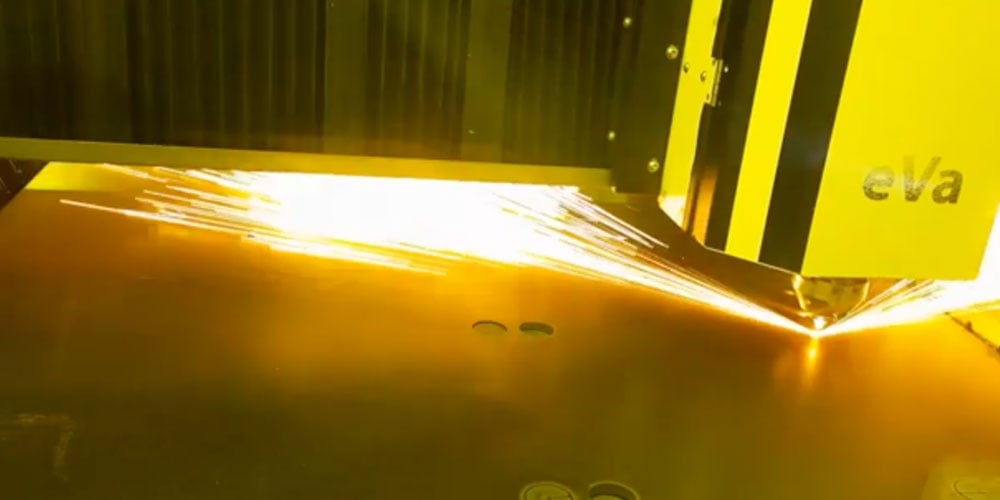

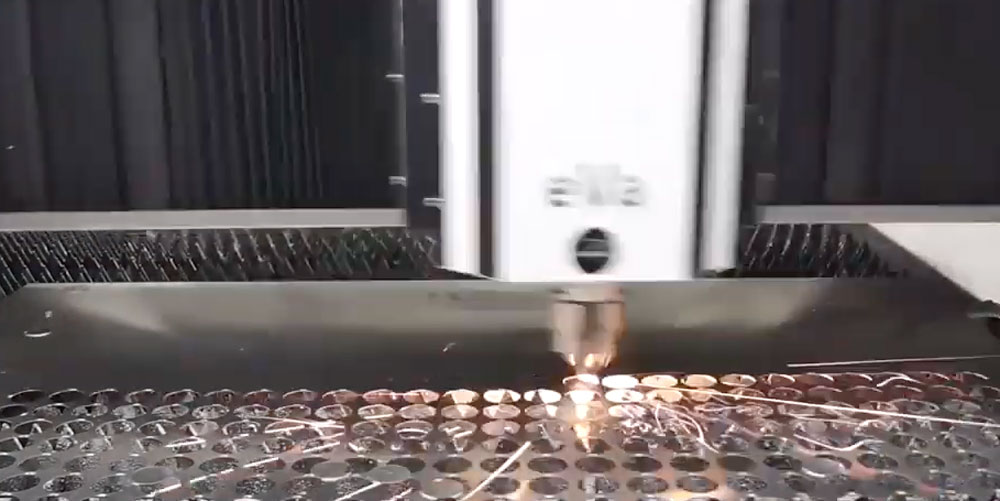
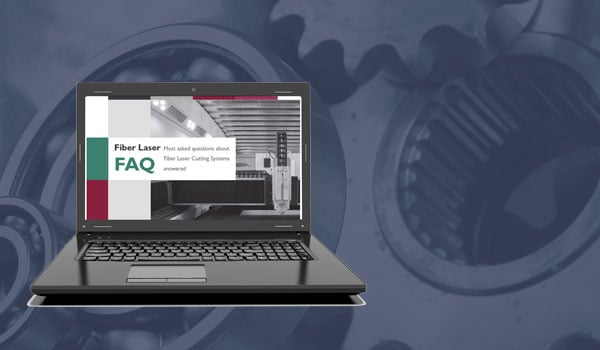
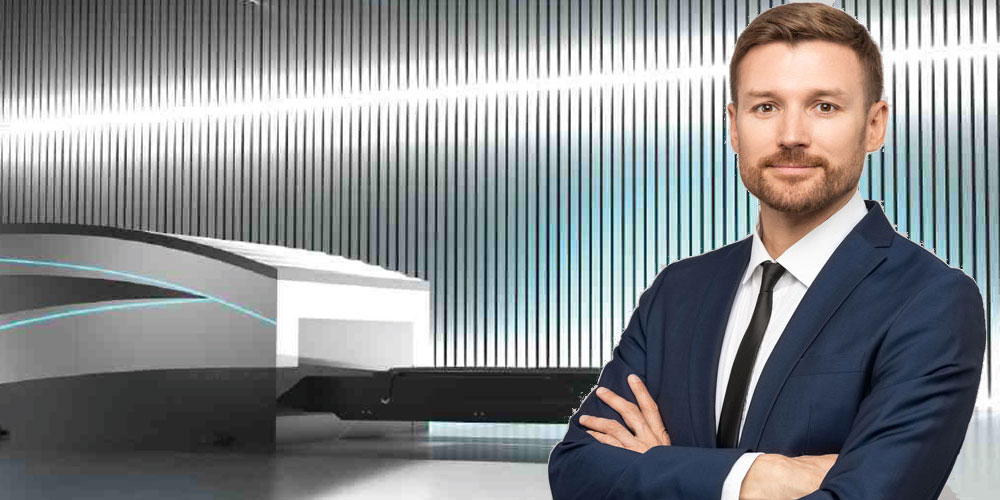





Comments
Add Comment